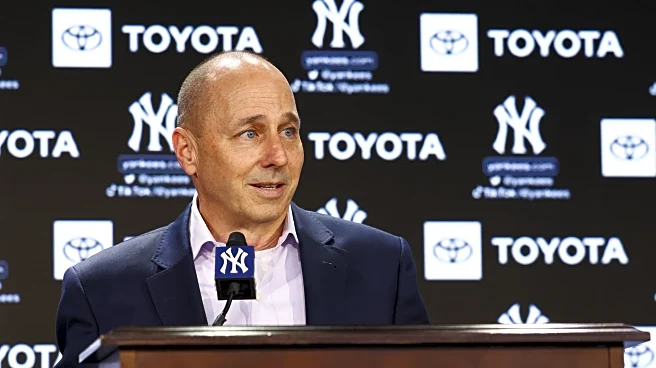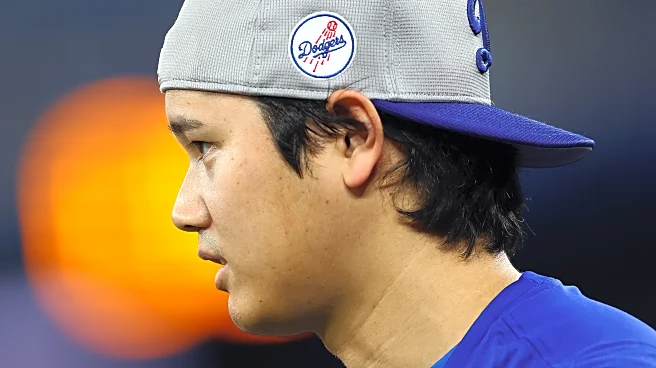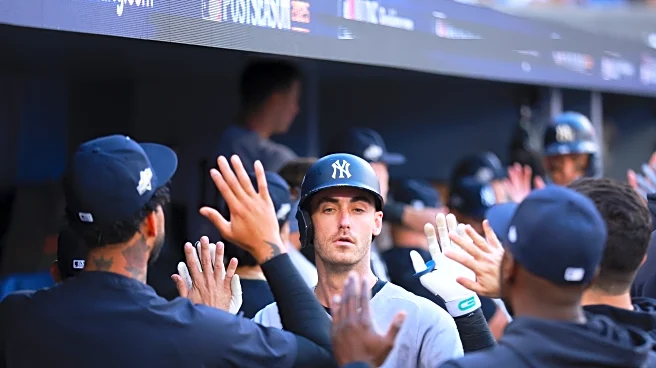Money buys a lot in baseball, but when it comes to bullpen building, from the sharpest clubs to the ones behind the times, from the top payrolls to the lowest ones, all 30 teams are dealing with a level of unpredictability that’s too high for comfort. The season we just saw from the Yankees showed how the difficulty in building a great bullpen can be an equalizer, and the road the Dodgers had to travel to secure a repeat title just underscored the problems teams can have in relief.
The Yankees in
recent seasons had made a point to not flex their financial capabilities to try to build the best possible bullpen. Gone are the days of signing Zack Britton or Aroldis Chapman in free agency, and instead, they’ve made a habit of developing solid contributors from obscurity. But that changed this year, as they traded for Devin Williams in the offseason, and then went out at the deadline and acquired nearly every notable available reliever known to man in an effort to upgrade a struggling unit. They didn’t go out and buy the top relievers on the free agent market, but they did dedicate a significant chunk of resources to bring in name-brand relief arms.
Over in the Senior Circuit, as the World Series came to a close, the Dodgers ended up on top with a bullpen that struggled so heavily it forced them into playing old-school baseball with their starters, with Dave Roberts loath by the end to ask a pitcher that wasn’t a starter to any more than a few outs. What’s more pertinent for the purposes of this conversation is that, much like the Yankees, the Dodgers also went away from their more typical approach of trying to find and develop hidden bullpen talent. If the Yankees were the king of trade acquisitions for the bullpen last year, the Dodgers were the pinnacle of throwing money at the problem, splashing the cash on Tanner Scott and Kirby Yates on the free-agent market.
There are gambles that don’t pay out, but the thing about most of the players these two teams acquired is that their ability was never really in question. Take Scott and Williams, for instance. Whatever you think of these two players, their quality had been firmly documented; Williams was in the conversation for very best reliever in the game when the Yankees acquired him, while Scott had accumulated more WAR than any reliever in baseball from 2023 to 2024. Yet they both had disastrous campaigns that force you to question the reliability of even the best relievers in the league.
Most any player can have an off campaign, but consistent production on a yearly basis is just a bigger issue with relievers than with any other position. Ultimately, the variance that relievers experience muddies the water at the highest levels of the game. A Dodgers team loaded with superstars and future Hall-of-Famers fought through what was a down (for them) regular season, slowed by a finicky bullpen, and then fought tooth and nail to win the World Series in spite of a bullpen that wasn’t working. The Yankees fielded their most complete roster in years and had perhaps the best statistical profile of any team in the American League, but were brought all the way back to the pack and reduced to a Wild Card in large part because of the vagaries of relief performance.
It’s a long way of saying, building a bullpen is hard, and the fact that the top teams in either league often struggle to do it acts as an equalizer. The positive side of it is that to some extent, it’s a numbers game. Teams like the Yankees will take a lot of swings at trying to unearth quality relievers, whether via trade, low-profile free agent signings, or developing from within. Hopefully, they come out on the good side of that numbers game next year.














